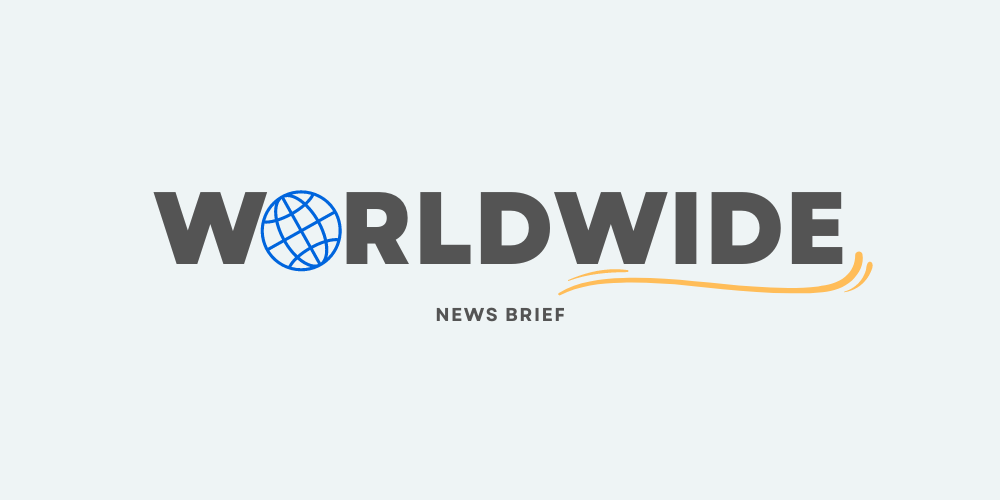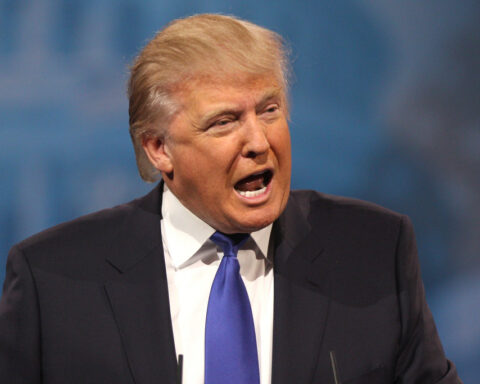The U.S. Navy’s newest and largest aircraft carrier, the USS Gerald R. Ford, arrived in waters near Latin America on Tuesday, marking a significant expansion of American military presence in the region as the Trump administration increases pressure on Venezuelan President Nicolás Maduro.
The arrival of the carrier strike group, accompanied by several destroyers equipped with Tomahawk missiles, strengthens the United States’ ability to target threats in Venezuela, including the country’s air defenses. While President Trump has publicly expressed caution about direct military action against the Venezuelan government, the deployment of the Ford strike group demonstrates a clear commitment to projecting power and maintaining regional security.
Pentagon spokesman Sean Parnell emphasized the strategic value of the deployment, noting that the strike group “will enhance and augment existing capabilities to disrupt narcotics trafficking and degrade and dismantle Transnational Criminal Organizations.” The firepower of the carrier strike group exceeds what is strictly necessary to strike small vessels allegedly engaged in drug smuggling, signaling a readiness to respond to a broad spectrum of threats.
Since the beginning of the administration’s intensified anti-narcotics campaign, the United States has carried out 19 strikes against suspected drug vessels in the Caribbean and eastern Pacific, resulting in 76 deaths, according to official accounts. In the most recent attacks on Sunday, six individuals were killed in two strikes on boats reportedly associated with illicit drug trafficking. Defense Secretary Pete Hegseth stated, without providing further evidence, that the targeted vessels were known by U.S. intelligence to be transporting drugs.
The operations have sparked some international tension. Colombian President Gustavo Petro warned that if boat strikes continue in the Caribbean, his country would suspend communications and coordination with U.S. security agencies. The announcement came shortly after CNN reported that the United Kingdom had stopped sharing intelligence on suspected drug trafficking vessels in the Caribbean.
Trump has publicly suggested at times that the campaign could expand to include land-based targets within Venezuela, though he has also cautioned that he is not currently considering direct strikes on the country. The Ford strike group is equipped to handle such a mission, with F/A-18 fighters capable of striking ground targets and EA-18G Growler electronic warfare planes that can jam enemy radars and air defenses. The strike group also includes the guided-missile destroyers USS Bainbridge and USS Mahan, as well as the USS Winston S. Churchill, an air and missile defense command ship.
Previously operating in the Adriatic Sea, the Ford strike group was redirected on October 24 to the Caribbean, temporarily leaving regions under the U.S. European Command and Central Command without a carrier presence. Its arrival supplements U.S. forces already deployed in the region, including an amphibious ready group and F-35Bs and MQ-9 drones stationed in Puerto Rico, alongside AC-130 gunships in Puerto Rico and El Salvador.
The deployment underscores a robust, strategic approach by the Trump administration to confront both narcotics trafficking and potential security threats emanating from Maduro’s regime, while signaling a willingness to use full military capabilities to protect American interests in the Western Hemisphere.
[READ MORE: Al Qaeda-Linked Militants Near Takeover of Mali as West’s Influence Recedes]







